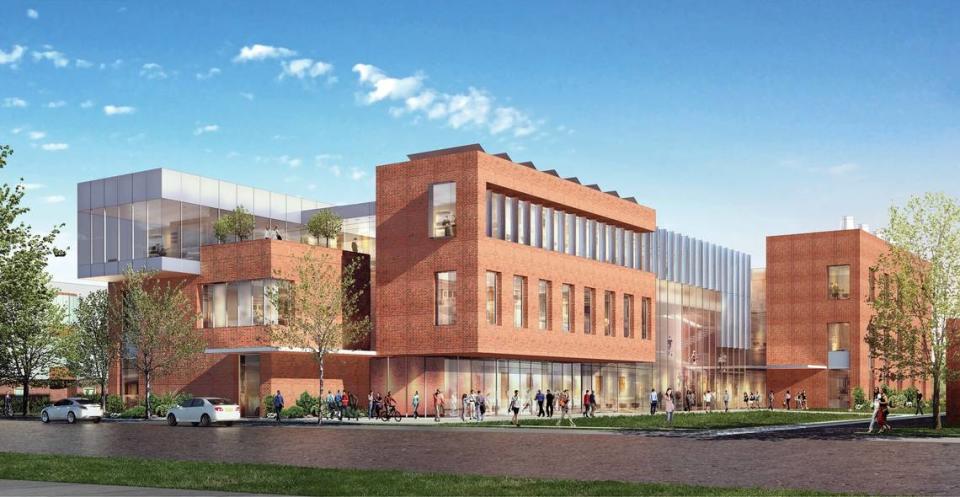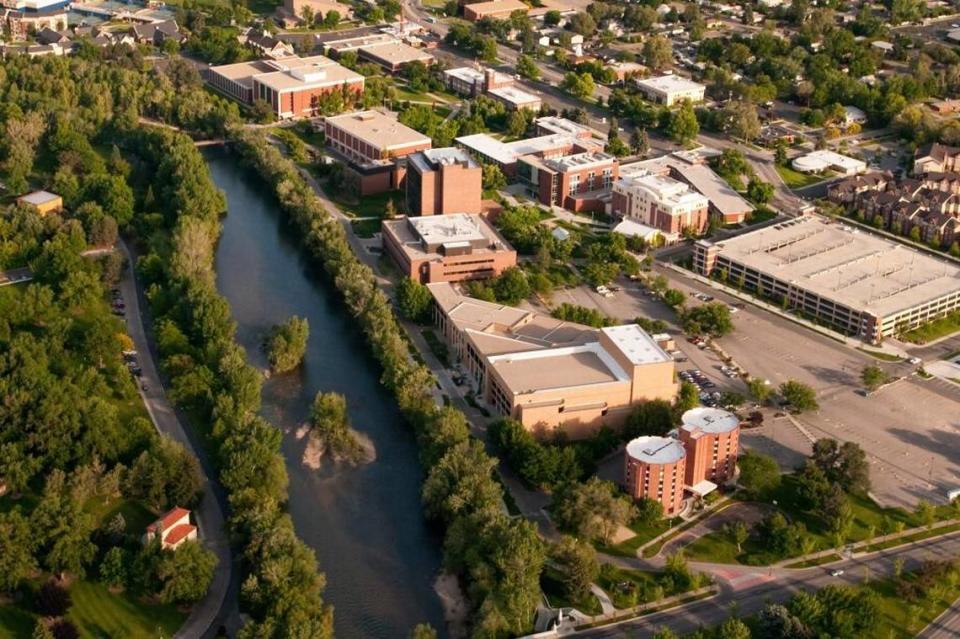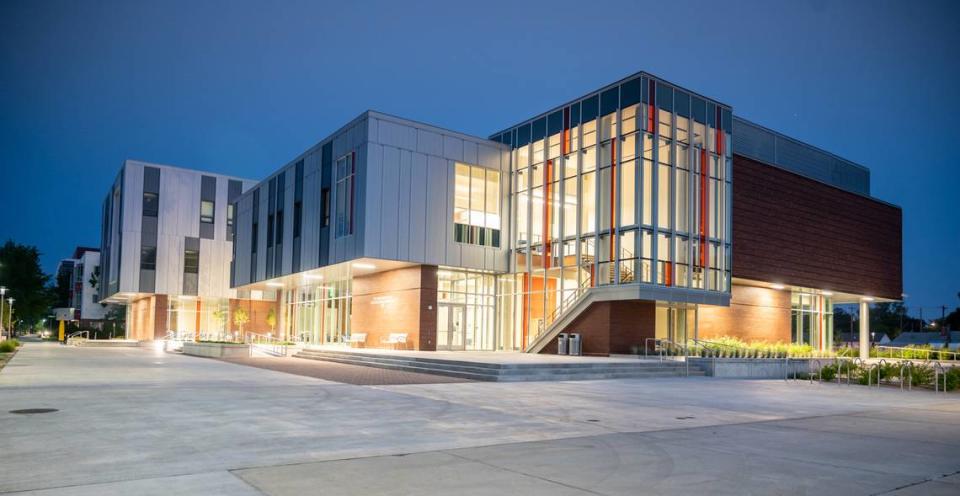Boise State planning big science & research expansion as enrollment swells. What to know
Boise State University took a step in its quest to build a $100 million science building on campus when it opened a request for qualifications from design professionals.
“The primary goal of this facility is to provide additional space for the life sciences,” Drew Alexander, associate vice president of campus operations, told the Idaho Statesman by phone. “(It) would be state-of-the-art for research.”
Like the rest of the Treasure Valley, the university has seen its population grow over the past decade. Enrollment at Boise State increased by about 4,000 to nearly 27,000 students between the 2012-13 school year and 2022-23, according to Boise State enrollment data.
Some of the biggest increases have come in the university’s health programs and its science, technology, engineering and mathematics, or STEM, fields — which have outgrown their available buildings, according to the request letter.
The number of graduates in Boise State’s STEM and health programs swelled by over 90% since the 2012-13 academic years while enrollment in doctoral programs have tripled, according to the letter. Much of this is from new doctoral programs in biomolecular sciences and in ecology, evolution and behavior.

“The university continues to experience growth in the student population, STEM and health fields, and its research mission,” the letter said. “This growth in STEM education and research stretches the limits of the campus facilities and highlights deficiencies in existing buildings.”
Boise State built the existing science building that houses its chemistry and biology programs near the Boise River in the 1970s, and it has reached the limits of the building’s capacity, according to the letter. The building has been frequently modified for research needs.
Besides expanded classroom and research space, the new building could also include faculty offices, graduate student spaces, informal learning areas, teaching labs, a large lecture hall and active learning classrooms.
“There currently are not enough people in Idaho prepared to meet our state’s workforce needs — and in some very critical areas,” Alexander said in an email. “We want to prepare Idahoans to fill those jobs. We are growing for Idaho.”
The university is planning to receive about $30 million from the state that it can use for the new building. The remaining $70 million would come from bonds, donors and other university funds.
Issuing bonds can be a way to secure financing for construction projects such as the new science building, but the university will have to pay that money back, generally with interest.
The university will use reserves and facility fees to pay down the bond debt, Alexander said.
“The university’s objective is to create a state-of-the-art research facility that will allow recruitment of top researchers, attract new grant funding and preserve needed academic space,” the letter said.
The university has a “significant shortfall” of research space based on the number of its active researchers compared with other universities, according to the letter.
“The current and future shortage of quality research spaces impinges the university’s ability to attract and retain new faculty and grant funding,” the letter said. “If the university is not able to construct this facility, continued growth in science programs is not sustainable.”

BSU building for future growth in science
The idea for a new science building has floated around campus for a while, but the university’s callout for design companies is one of the first steps in turning that vision into reality.
The design team would help the university choose from two potential sites for the new building:
The southeast corner of University Drive and Boise Avenue, just north of the University Heights Apartments.
Behind the Environmental Research Building on University Drive and Euclid Avenue.
“We expect to have major headway on that selection as we head into the summer,” Alexander said.
The university is aiming for the building to total 100,000 square feet and have perhaps five or six stories, depending on the site, Alexander said.
Alexander said the building might open in 2028 or 2029.
Most buildings on campus range from four to six stories, with the education building reaching the highest at seven, not counting Albertsons Stadium.
The science building would be the first educational building on campus since the Micron Center for Materials Research in July 2020. The university started construction on a residence hall in September that it plans to open in 2025.

A new campus, science buildings and... a farm? What this Boise-area college is planning
Big change is coming to Boise fast as 2 tech giants invest $16 billion. What to expect
Boise’s southwest downtown could change with apartments, retail incoming. Here’s how
Dream to bring 1,500 homes to South & Southwest Boise still on the table. Here’s the plan

